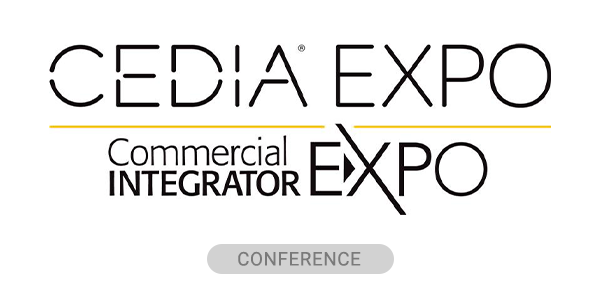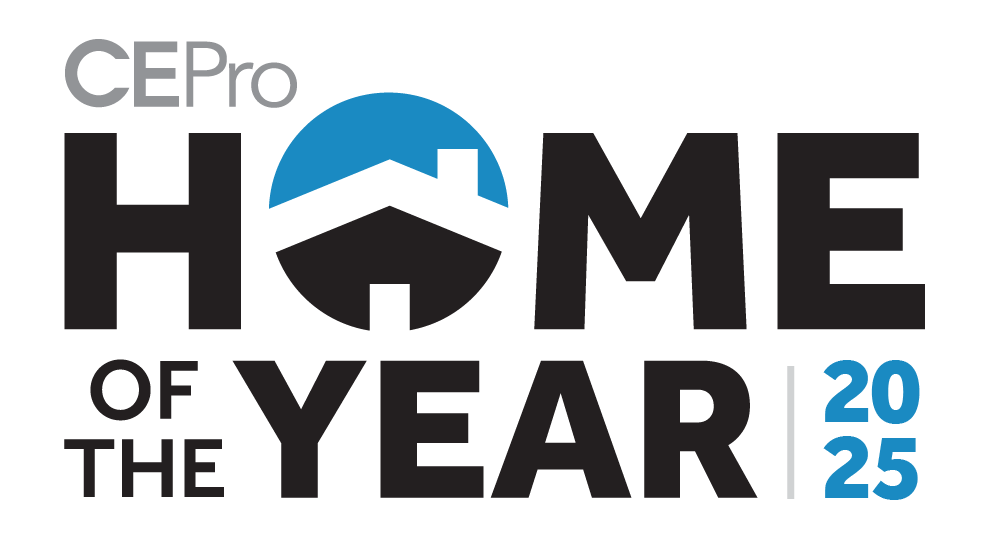The quality of the air impacts not only your customers’ comfort, but their health and their home’s wood flooring, fine finishes and electronics. Help set your company apart and make Indoor Air Quality (IAQ) control one of your standard offerings in home automation.
When your customers ask for a smart thermostat they’re probably thinking about having a more comfortable indoor climate where the temperature feels perfect throughout the day. They also might be trying to save a few bucks on energy costs by investing in a thermostat that sets back automatically to an efficiency mode when the house is vacant for an extended period of time. But there’s another benefit of controllable HVAC that you should be discussing with your clientele: better indoor air quality.
Benefits of IAQ: Beyond Better Comfort and Health
Having clean, fresh air to breathe is not only good for health reasons—especially for asthma and allergy sufferers—it also helps preserve the integrity of so many of those expensive architectural, decorative, and high-tech features your clients integrated into their new custom homes.
“Humidity, in particular will affect wood flooring and woodwork, artwork, and electronic equipment,” says Bob Gullo, Electronics Design Group, of Piscataway, N.J. “Flooring can warp and curl when there’s too much humidity in the air or crack and shrink when there’s not enough. Canvas artwork can start to degrade over time when relative humidity (RH) levels are out of whack.”
Even electronic components, like A/V receivers and home automation processors, can feel the impact of improper RH.
“There doesn’t have to be water sitting on a circuit board to ruin it; too much moisture in the air can start to corrode the circuits,” says Rob Kreatz, AVID, of Excelsior, Minn., who has experienced the problem first-hand during a stint designing and installing Savant home control systems.
On the flip side, if the air is too dry, static electricity can short out the circuits.
It’s Time to Talk IAQ with Your Customers
Although RH levels can affect everything from a family’s health to the hardwood flooring their house, it’s a problem of which few homeowners are aware.
“Our customers typically have no idea that humidity can matter,” says Jonie Rocco, owner of Artistic Floors by Design, of Denver, Colo. “Wood flooring is a huge investment, tens of thousands of dollars, and nobody has ever told consumers about how RH can have such a huge impact.”

The numbers say it all: Dan Blake, inspector and owner of Flooring Training Inc., estimates $1 billion a year is lost from failed floors, and 98-99 percent of that is because of improper RH. For these reasons, Artistic Flooring by Design includes an RH estimate in all of its flooring contracts, and this is something a home systems integrator can surely capitalize on by offering technology to enable HVAC systems to maintain proper RH, as well as other factors influencing IAQ, including adequate ventilation and a comfortable temperature.
Leveraging IAQ with Automation
Naturally, an HVAC contractor will install the heating, cooling, ventilation, air cleaning, humidification, and dehumidification components, as well as the thermostats and controllers, that all contribute to a home’s overall IAQ. But home systems integrators can capitalize on this type of HVAC setup by offering technology to ensure that the equipment is working to its full potential and maximizing a client’s IAQ investment. And if homeowners are already on board with IAQ equipment, it shouldn’t be much of a leap for them to invest in a thermostat and other technologies, like a home automation system, that will allow them to more conveniently and efficiently monitor, regulate, and affect the conditions of the indoor atmosphere.
Aprilaire has positioned itself to offer a complete IAQ solution, from all of the necessary back-end equipment in the utility room to the thermostats on the walls. The company purposely designed its line of Home Automation Thermostats to regulate not just heating cooling equipment, but also air cleaners, and whole-house humidifiers and dehumidifiers. In fact, unlike most thermostats that control either humidification or dehumidification, Aprilaire’s thermostats can handle both tasks and more.
“Our system is able to look at the outdoor temperature and adjust the humidity setpoints accordingly,” says Jon Fischer for Aprilaire. This takes a lot of the guesswork out of programming the proper RH, which happens to be between 35 and 50 percent, with temperature ranges of 60 to 80 degrees Fahrenheit.
Education about IAQ is just as important as controlling it, so Aprilaire’s Home Automation Thermostats feature an interactive screen that presents data about the IAQ conditions. Homeowners will know when the RH is off, for example, and can respond by activating the appropriate equipment. This information, as well as other useful tidbits (current outdoor and indoor temperature, status of the ventilation fan and air cleaner, for example), can also be displayed on a mobile app or touchpanel of a home automation system, of which Aprilaire’s Home Automation Thermostats are compatible with many.

“This is where a home systems integrator can really monetize on the IAQ component of an HVAC installation,” says Brian Phelt, SmartHome Technologies, of San Antonio, Texas.
In addition to feeding status reports from the stat to the chosen interface of a home automation system, the integration between the two systems lets home systems integrators create more elaborate schedules for the IAQ equipment to follow, and to sync the operation of the IAQ equipment with other systems. For example, the home automation system can trigger the Aprilaire thermostat to activate the air cleaner during days on which the pollen count is high or to kick start the ventilation system when a sensor notices smoke in the air.
Furthermore, the home automation system can be set up to notify homeowners with a text message when the humidity levels are too high or low, the indoor temperature has gone beyond a certain range, if the air filter needs to be cleaned, and a host of other tips.
From Awareness to Action
The protection of furniture, wood flooring, and artwork is something you may not carry in your automation arsenal, but it’s something that will definitely resonate with many of your clients.
By making them aware of the impact that IAQ can have on the fine finishes of their home, and how an automation system can easily interface with IAQ equipment from Aprilaire, you open the door to a new viable business opportunity, and come out looking like a superstar by providing your clients with a solution that safeguards their investments while creating a healthy living environment.






